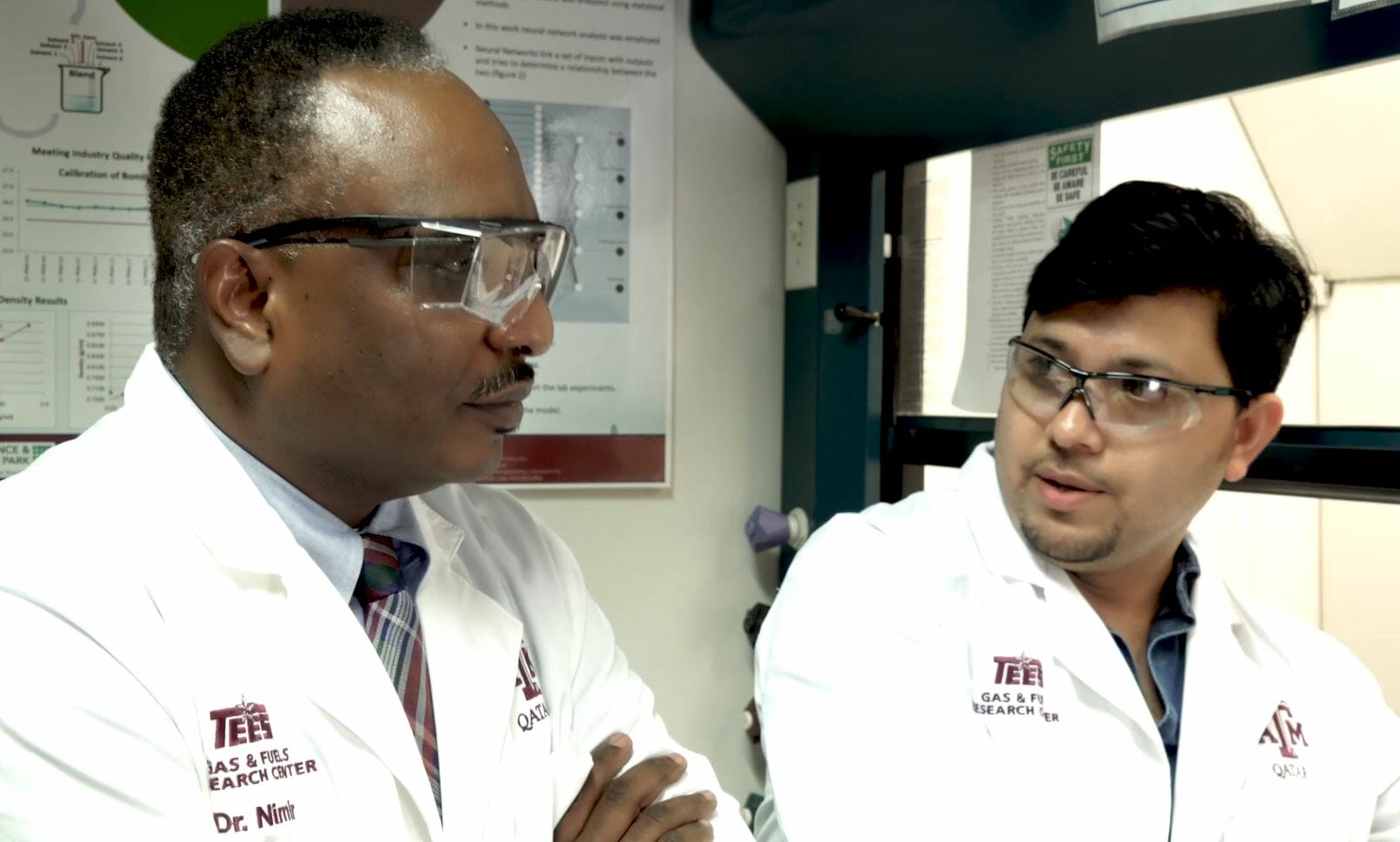Qatar is one of the world’s top producers of natural gas — and unfortunately, the carbon dioxide that comes with processing the natural resource into usable products. But a novel process developed by Texas A&M University at Qatar researchers could help Qatar process its wealth of natural gas while reducing the country’s carbon footprint.
Developed in Qatar, the
Elbashir’s research focuses on converting natural gas into valuable hydrocarbon products, including ultraclean fuels or useful chemicals, in a process called gas-to-liquid conversion, or GTL. A major drawback of GTL processing is that it produces a lot of CO2, which increases Qatar’s carbon footprint and has led to the tiny country being named the world’s leading producer of CO2 per capita.
Under the umbrella of the Texas A&M Engineering Experiment Station (TEES) Gas and Fuels Research Center (GFRC) headquartered at the Qatar campus, Elbashir and researchers at both campuses have focused on how to reduce CO2 emissions and reduce Qatar’s carbon footprint. Elbashir directs the GFRC, one of the largest TEES research centers and a major initiative, bringing together 32 multidisciplinary scientists and professors from Texas A&M’s campuses in Texas and Qatar, all working in the same area but from different angles to speed up technology development in natural gas processing.
The
Elbashir’s team has designed the novel CARGEN — or CARbon-GENerator — reactor, a second reactor added to the reforming process, along with a catalyst to drive the chemical reactions to produce expensive carbon nanotubes and syngas from CO2 and methane. These high-quality carbon nanotubes can be used in several industries in Qatar, including steel and cement, while the syngas can be turned into ultra-clean fuels and value-added products. The process can be driven by either electric or solar power, eliminating the need to burn fuel and thereby resulting in much lower CO2 emissions than conventional technologies.
“We are making Qatar CO2 emissions into two products that are important to the economy in Qatar and will broaden the role of hydrocarbons in Qatar’s manufacturing facilities,” Elbashir said. “CNTs are very expensive and extremely
The
Challiwala said, “
Dr. Hanif Choudhury, a research scientist in Elbashir’s research group, said, “The
The next step is partnering with industry collaborators to scale up the technology even further.
“This is a major achievement in the way people will look at CO2 utilization in the future,” Elbashir said. “It’s a homegrown technology developed in Qatar based on the interest of Qatar to utilize and sequester CO2 and reduce the country’s carbon footprint. We are producing material out of it, not just liquid fuel that will be burned to produce something else or power a car, for example, which then puts CO2 back into the atmosphere. If we can scale up this technology, it will be a turning point for everyone worried about CO2.”







Recent Comments